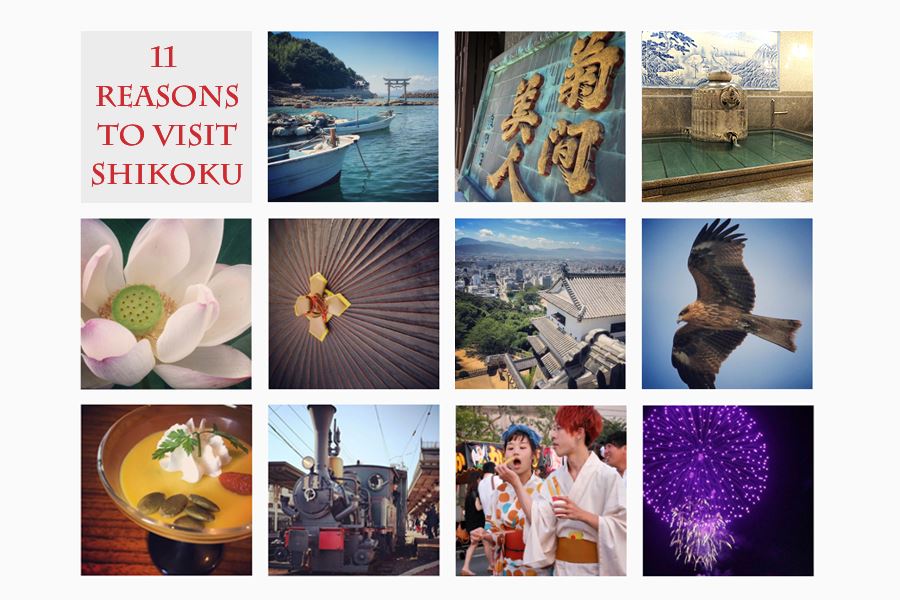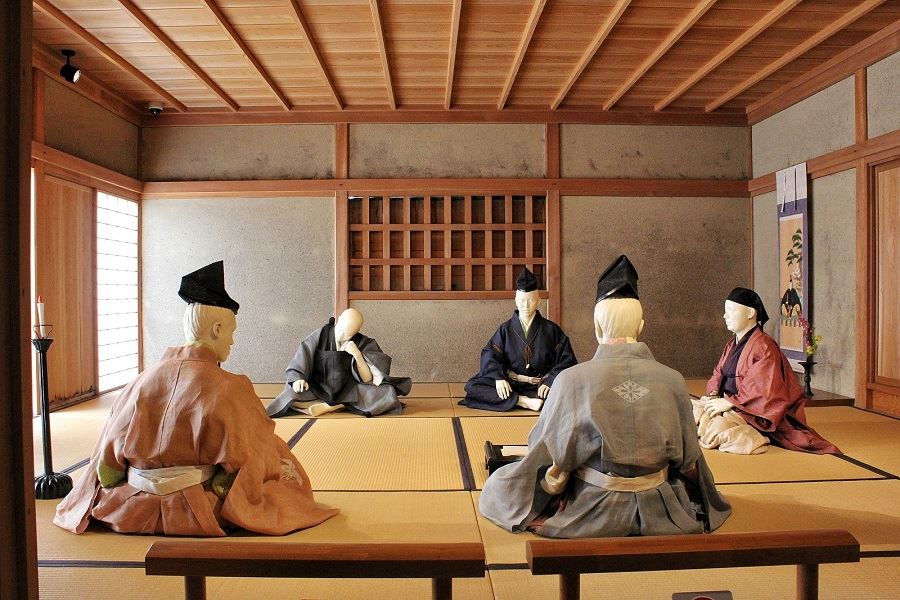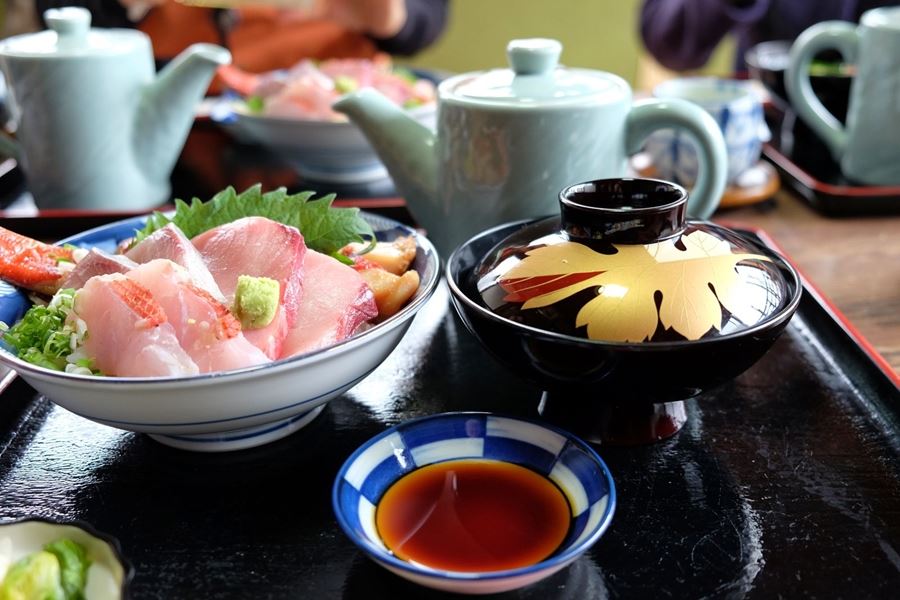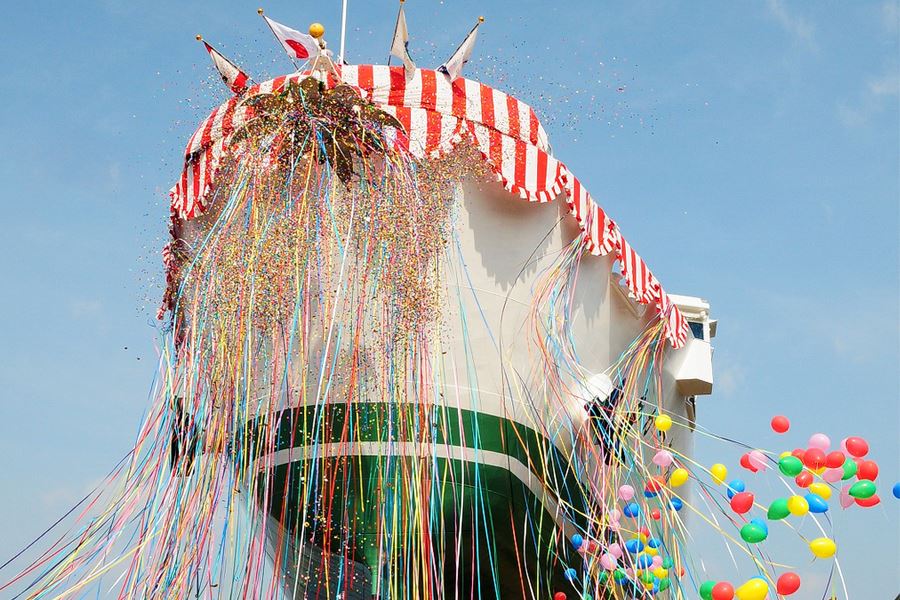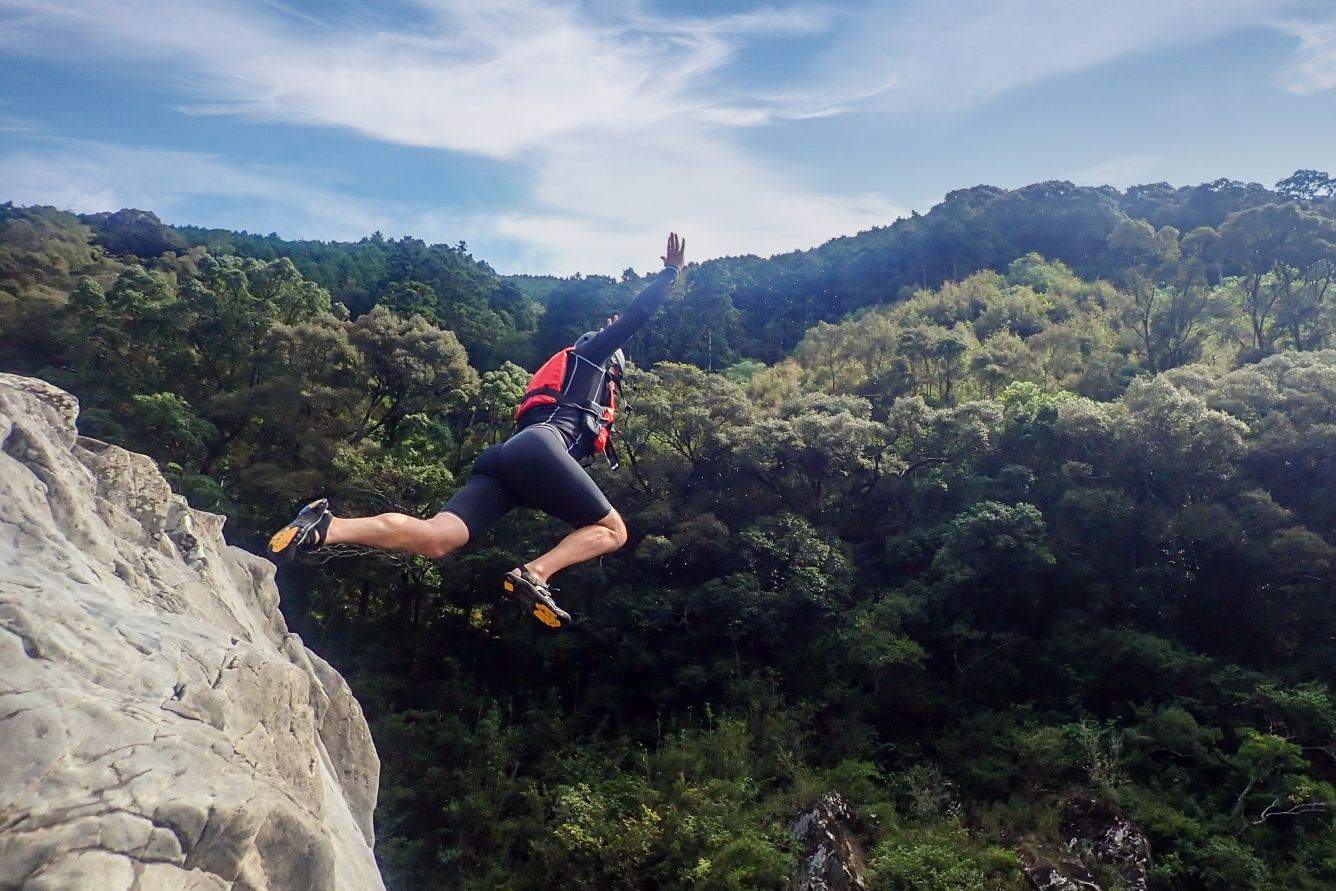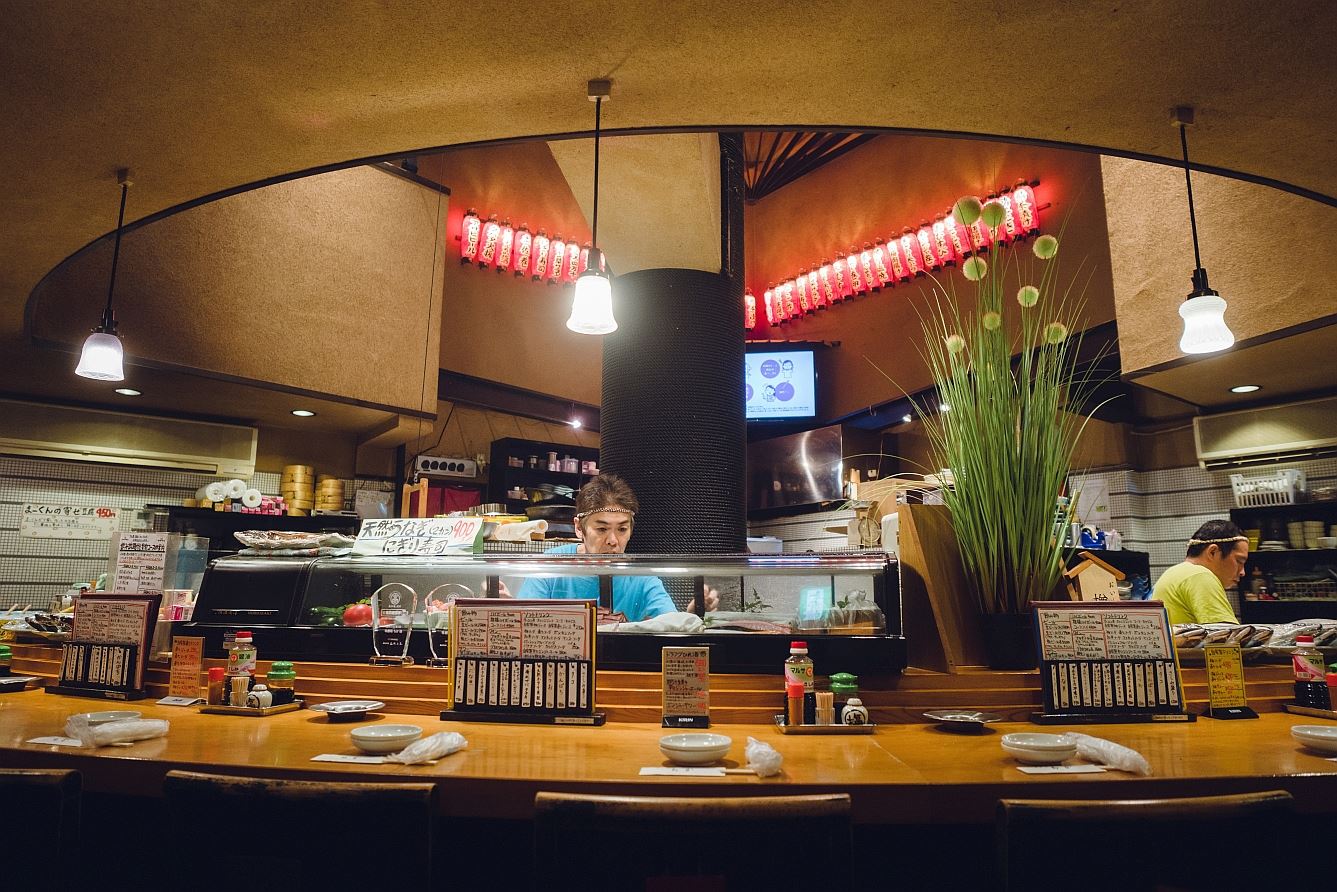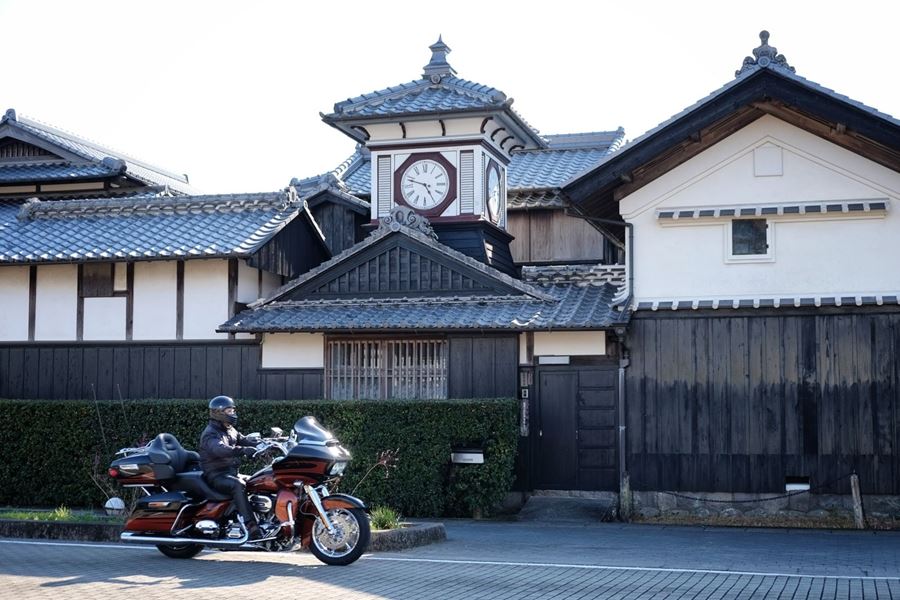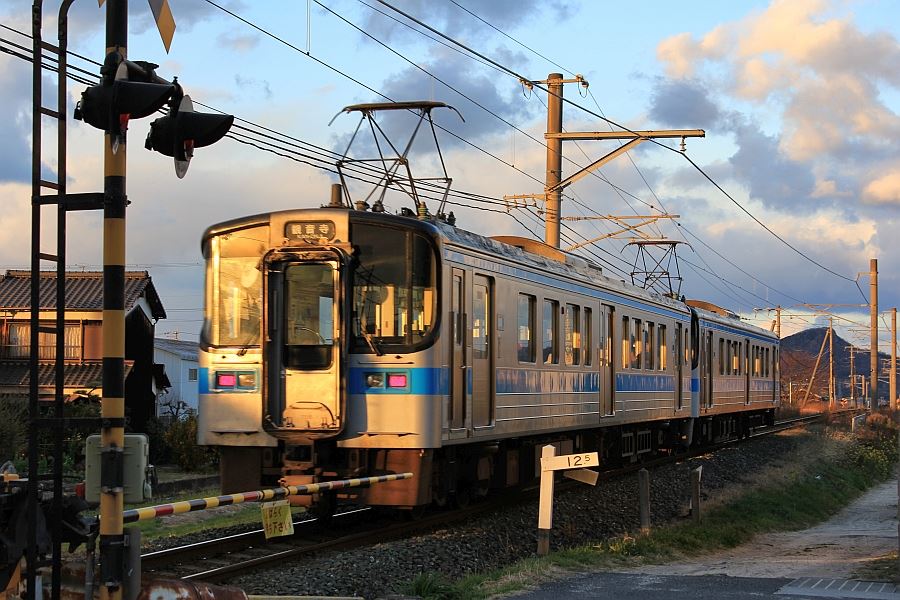Jon DeHart Interview
Home » Jon DeHart Interview
Jon DeHart Interview
Last year, travel writer Jonathan DeHart came to Shikoku to research the island for his definitive guide to Japan, Moon Japan, which was published recently. We had the pleasure of meeting Jon for dinner at a favourite izakaya in Matsuyama when he passed through. When the book finally came out, we were pleased to see that Shikoku has been covered extensively, with a lot of very useful information and advice for travelers.
We asked Jon about his time in Shikoku. Here’s what he told us.
How did you get around Shikoku?
Part of the fun of a journey to Shikoku is watching the concrete apartment blocks and 24/7 convenience stores of urban Japan fade as green mountains and rice paddies come into view. I first arrived in Shikoku by train from Okayama on Honshu, to the north, across the Inland Sea.
Once I was on the island, I used a combination of train, which is convenient for accessing most of the cities — Tokushima, Matsuyama, Kochi, etc. — and car when venturing into the rural core. A car is essential for accessing more remote places like the deeper parts of the Iya Valley or Cape Ashizuri in the far southwest. Rather than being an inconvenience, this is part of the fun. Shikoku is a great road-trip destination!
Was the transportation system in Shikoku convenient, or was it noticeably inconvenient?
Shikoku can sometimes feel a little bit less convenient than some of the more popularly visited parts of Japan where all points on the map are often just a brief train ride away. In truth, this is the case for much of Japan, beyond the main cities. Waiting times for trains in small countryside towns can be 30 minutes (or much longer!). Depending on your patience, it might pay to just rent a car. Once you go beyond towns and start heading into the wilder parts of the island, having your own wheels is often essential.
That said, if you are mainly traveling to destinations that can be reached by train, careful planning goes a long way. Have your journey clearly mapped out, even booking tickets in advance. This will minimize time spent sitting on train platforms. And if you prefer, or do not have a license, there are also plenty of long-distance buses that traverse the island.
Did you find that Shikoku is generally cheaper than other places in Japan?
In a word, yes. Shikoku is definitely cheaper than the usual Tokyo-Kyoto circuit that most travelers adhere to when visiting Japan. The island’s main cities — Takamatsu, Tokushima, Matsuyama, Kochi — are a bit pricier than the smaller towns and countryside. But it’s possible to eat and sleep on the cheap even in these cities.
That said, a night in a swish ryokan with a private onsen bath in Dogo Onsen or an immaculately restored thatched-roof home with romantic views of the Iya Valley will set you back a fair chunk of change. But food at mom-and-pop restaurants, family-owned inns and many activities and attractions are nicely priced so as not to break the bank.
Photos courtesy of Jon.
You’ve covered the main sights and some less well-known spots. Could you tell us about some other places in Shikoku that didn’t find space in the book?
Many places didn’t make the cut simply due to lack of space and for travel-strategy reasons, but that doesn’t mean they aren’t worth visiting. One omission was the large string of surf spots along the eastern coast of the island — places like Kaifu (Tokushima prefecture) and Ikumi (Kochi). This swatch of shore is known to be among Japan’s best areas to catch waves. Another similarly remote place that was left out is the Shimanto River in the island’s far southwest. This remarkably clear and undammed river is a great place to rent a kayak or canoe and ply the waters. (The Yoshino River near Iya Valley — a waterway known for its rapids — is another great place to get wet that is covered in the book.)
A bigger picture challenge was trying to decide how to do justice to the 88-temple pilgrimage route for which Shikoku is justly famous. This required some tough decisions. I ended up giving a brief introduction to the route and recommending some of the easier-to-access temples strategically located near other locations covered in the book. Exploring the full extent of the 1,400-km route requires some serious planning, and doubtless, there are many gems scattered around remote mountaintops and beautifully barren stretches of coast, such as Cape Muroto in the far southeast where the great Kobo Daishi himself is said to have attained enlightenment while meditating in a cave.
What place or experience impressed you most in Shikoku?
I can’t talk about Shikoku without saying that its summer festivals are probably the liveliest in all of Japan. There are some other rowdy contenders — some of Osaka’s summer bashes come to mind — but for sheer energy and good vibes, Tokushima’s Awa Odori, known around Japan for its legions of dance troupes that invade the city’s downtown for a few days in the dead of summer each year, cannot be beat. Kochi’s Yosakoi Matsuri is also a lot of fun. These festivals are definitely among Japan’s very best, and are timed very close on the calendar, which makes it possible to attend both. These bashes offer the perfect chance to carouse with the Shikoku’s legendarily down-to-earth locals at their most relaxed.
How can we get hold of your book?
Moon Japan is widely sold online, including Amazon, and in many English-language bookstores around the globe. To check which other online retailers are selling the title, you can also click the “Buy Book” dropdown menu on this page.
Related Tours

Experience the most beautiful and interesting temples of the Shikoku Pilgrimage in seven days.

A tour for families or friends, staying in the most characterful kominka and ryokan of Shikoku.

Visit the most beautiful and interesting temples of the Shikoku Pilgrimage and walk the toughest trails.

